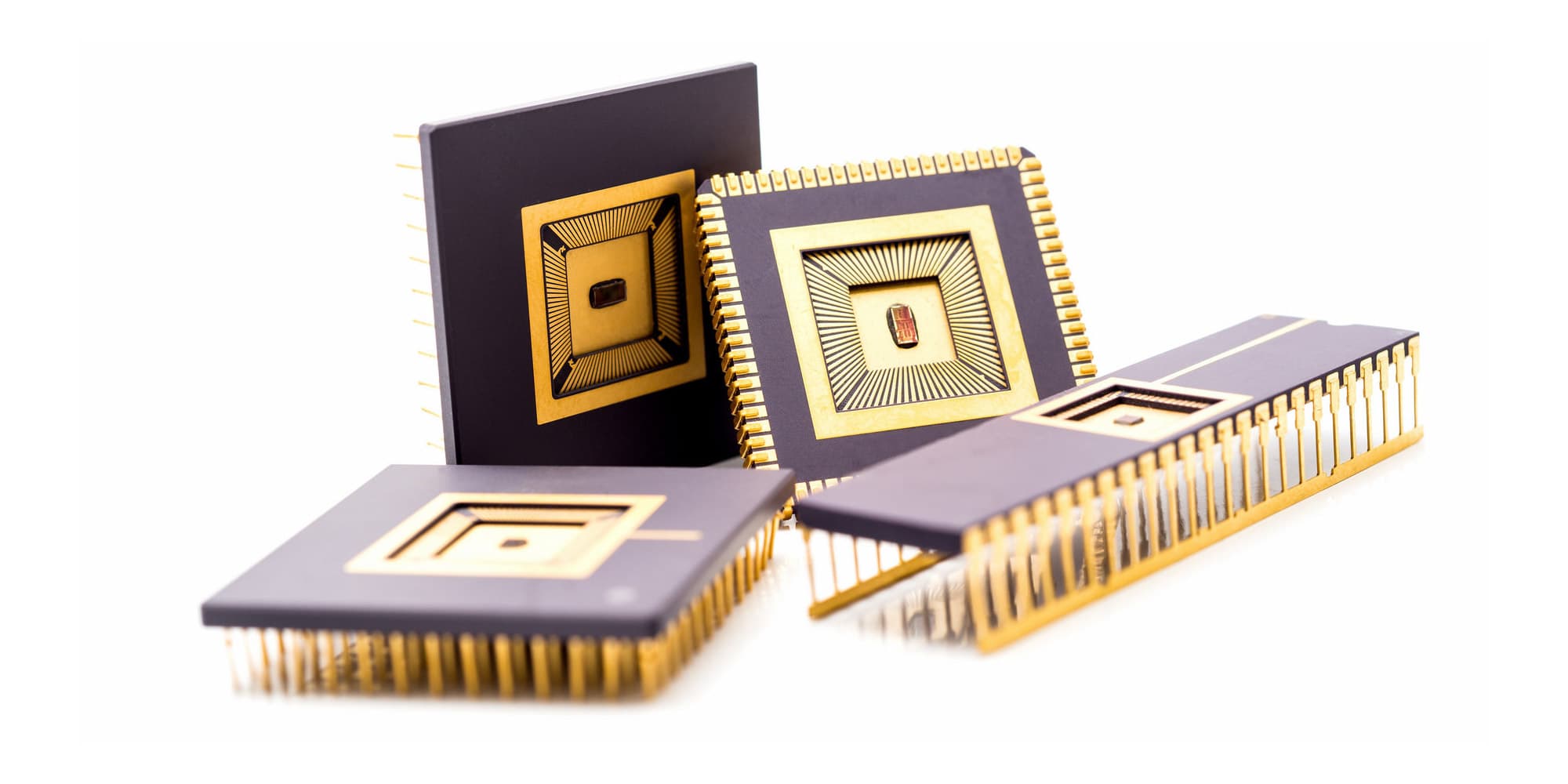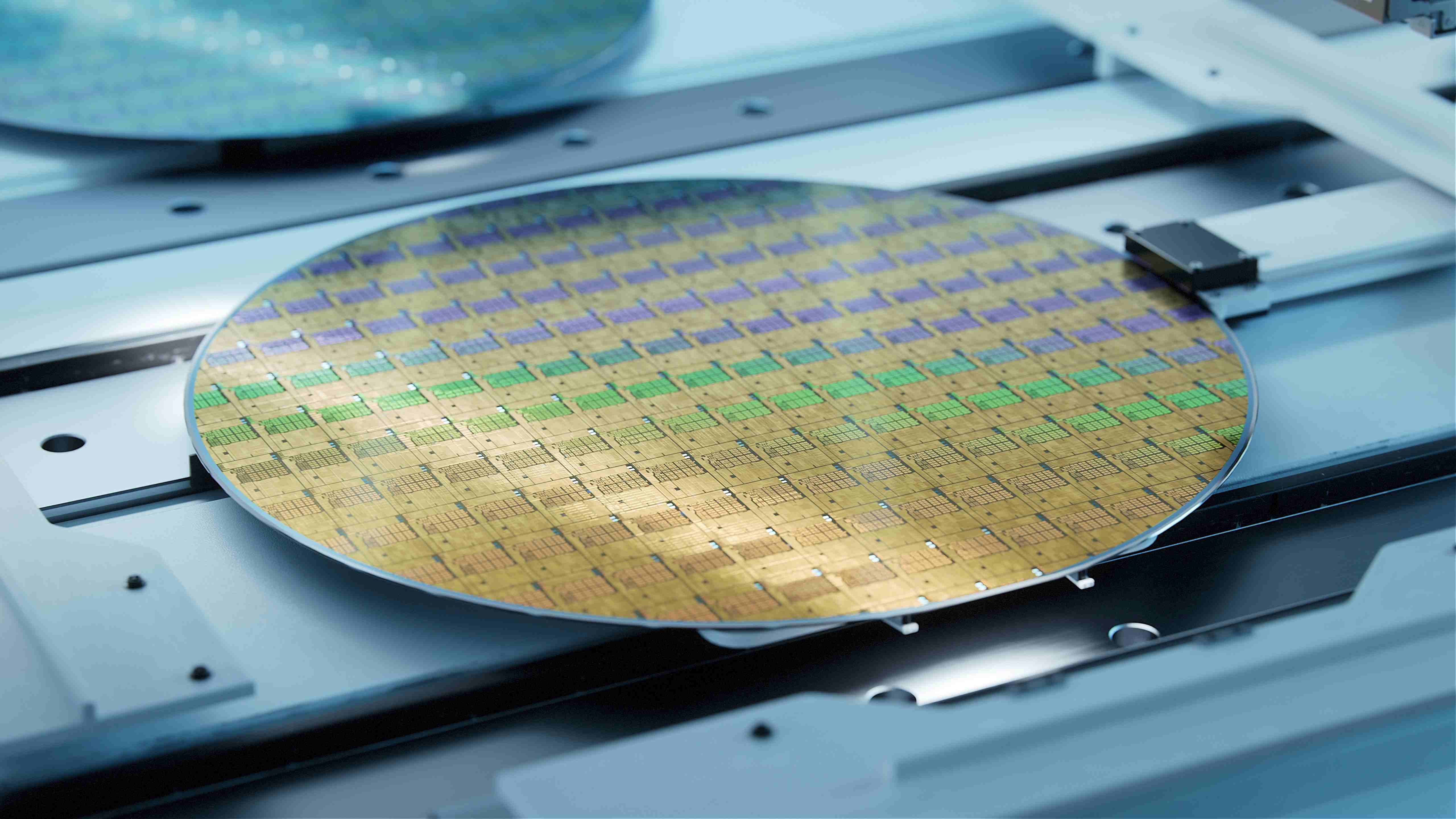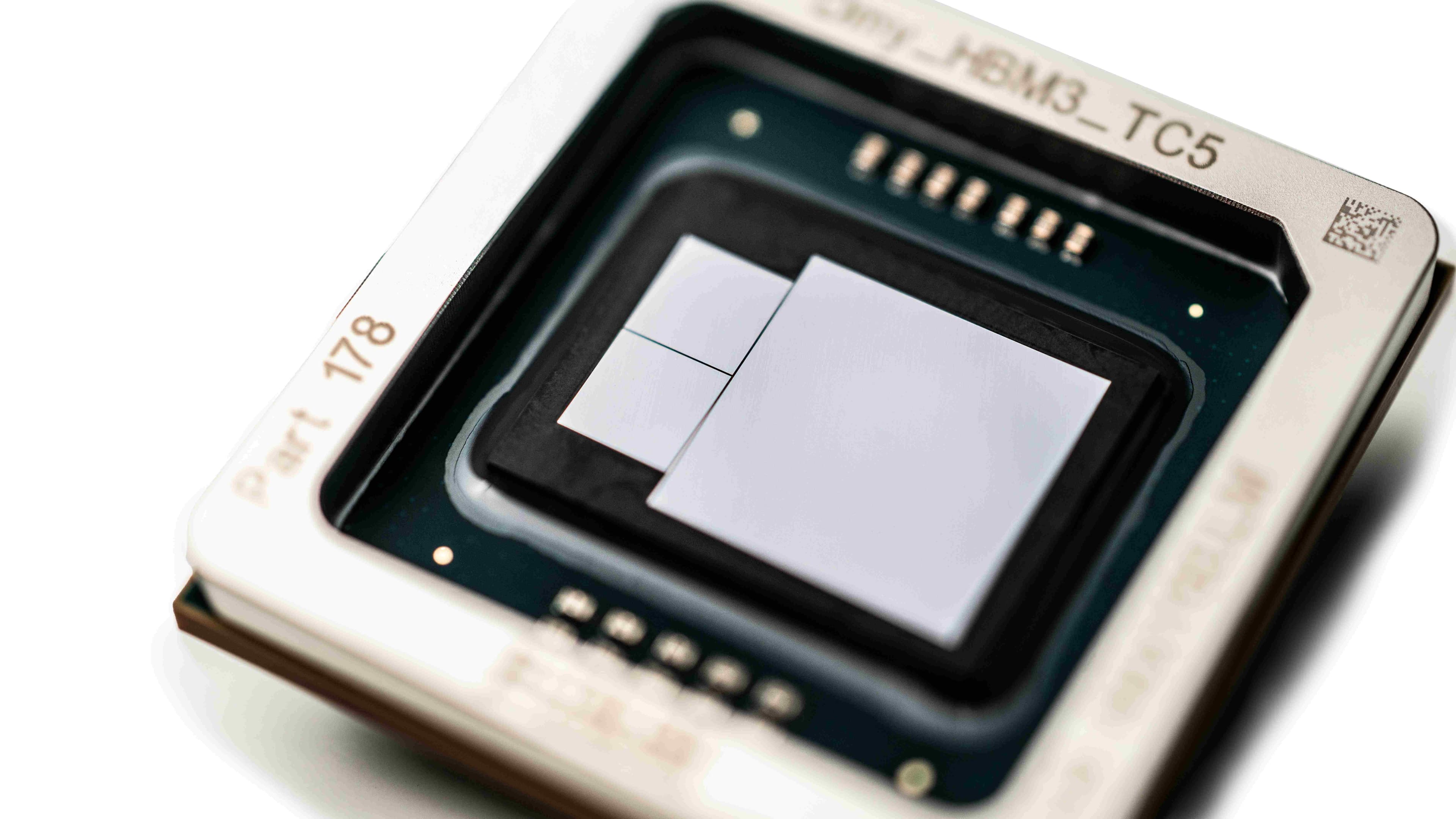The Internet of things (IoT) created a market for plenty of smart applications, developed by small but nimble technology companies with a nose for the latest trends.
One of the biggest threats these tech innovators face is theft of their intellectual property. The physical implementation of an idea is often a PCB (printed circuit board), which is vulnerable to reverse engineering – including extraction of the code from the microcontrollers.
Can’t they then file a lawsuit for patent breach? In theory, yes. But that requires a lot of time and money. Two things which are in short supply for SMEs – often startups.
A better solution is to prevent IP theft by developing an ASIC. ICs which are fabricated with the latest foundry techniques are almost impossible to copy. And the cost? IoT applications require advanced, but not leading-edge semiconductor technology. Which makes their development affordable, even for prototypes or low volumes.
Published on:
30 May 2016














